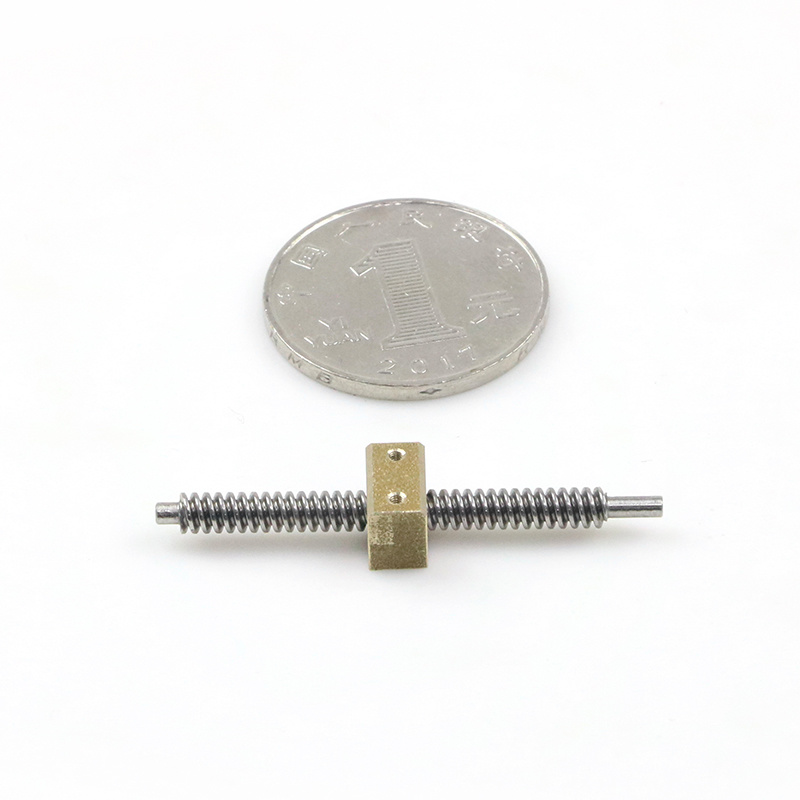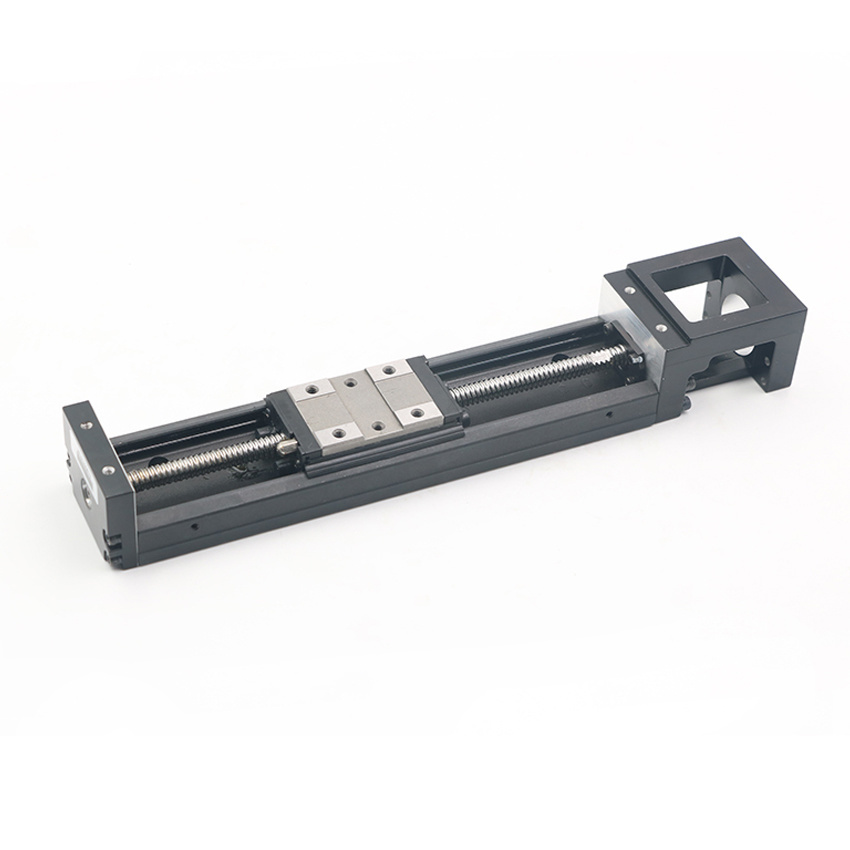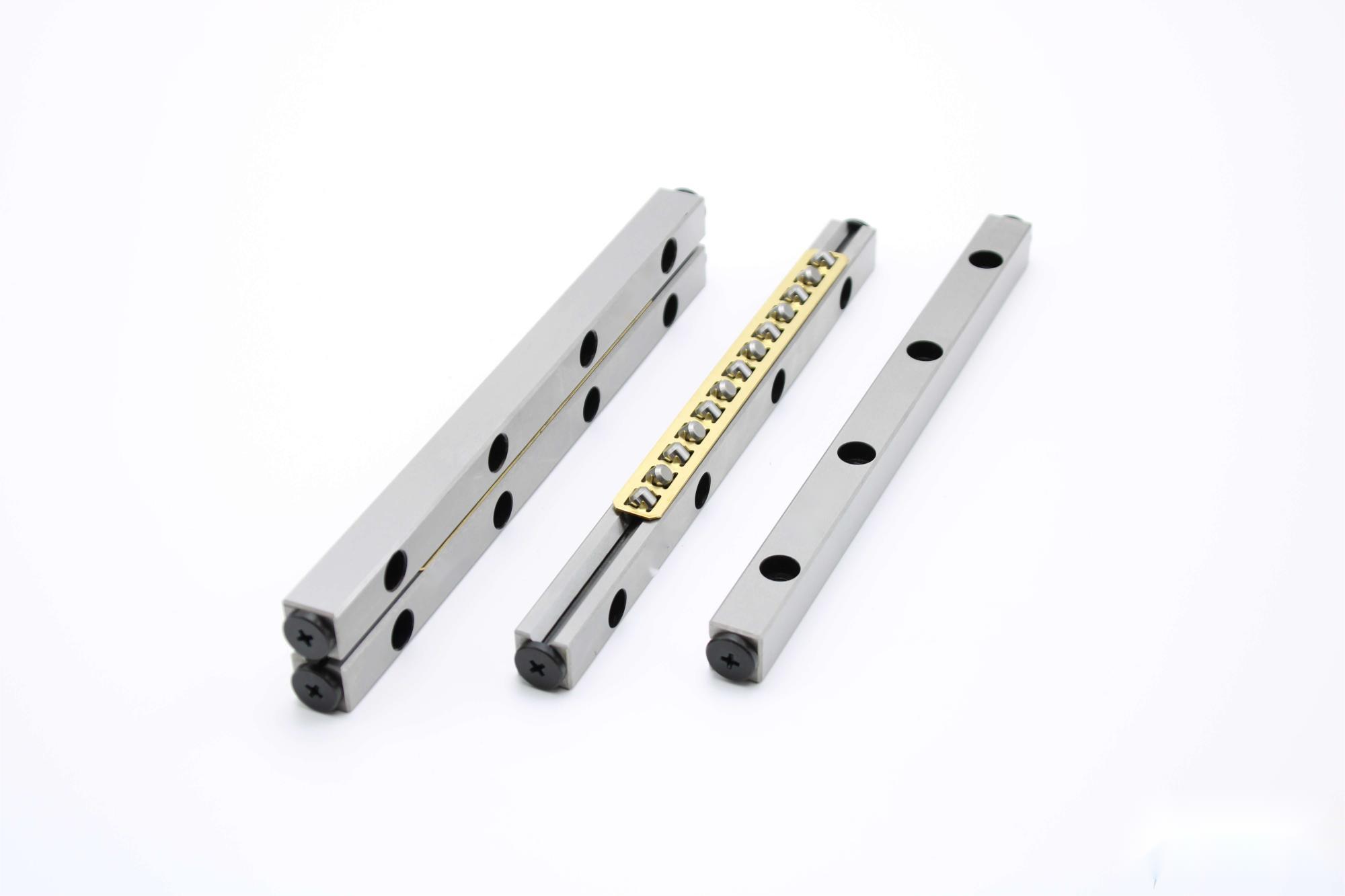News information
What is the future of Boston Dynamics?
Boston Dynamics, renowned for its groundbreaking robotics technology, has been a trailblazer in dynamic control and bionic engineering.
However, compared to competitors like Tesla's Tesla Bot, Engineered Arts' Ameca, and Hanson Robotics' Sophia, Boston Dynamics' journey has been particularly challenging. This article explores why Boston Dynamics struggles with commercialization and how its strategy differs from these competitors.
1.Differences in Technology Focus and Applications
| Company | Technological Focus | Application Scenarios |
| Boston Dynamics | Dynamic control and mobility | Industrial tasks (e.g., logistics, construction), military exploration, and search-and-rescue missions. |
| Tesla Bot | Modular,cost-efficient robotics | Factory automation and household services, focusing on repetitive labor like carrying and tool handling. |
| Ameca | Human-robot interaction.aesthetics | Exhibition, education, and customer service environments. |
| Sophia | AI-driven emotional expression | Social robotics for education, emotional companionship, and intelligent customer service. |
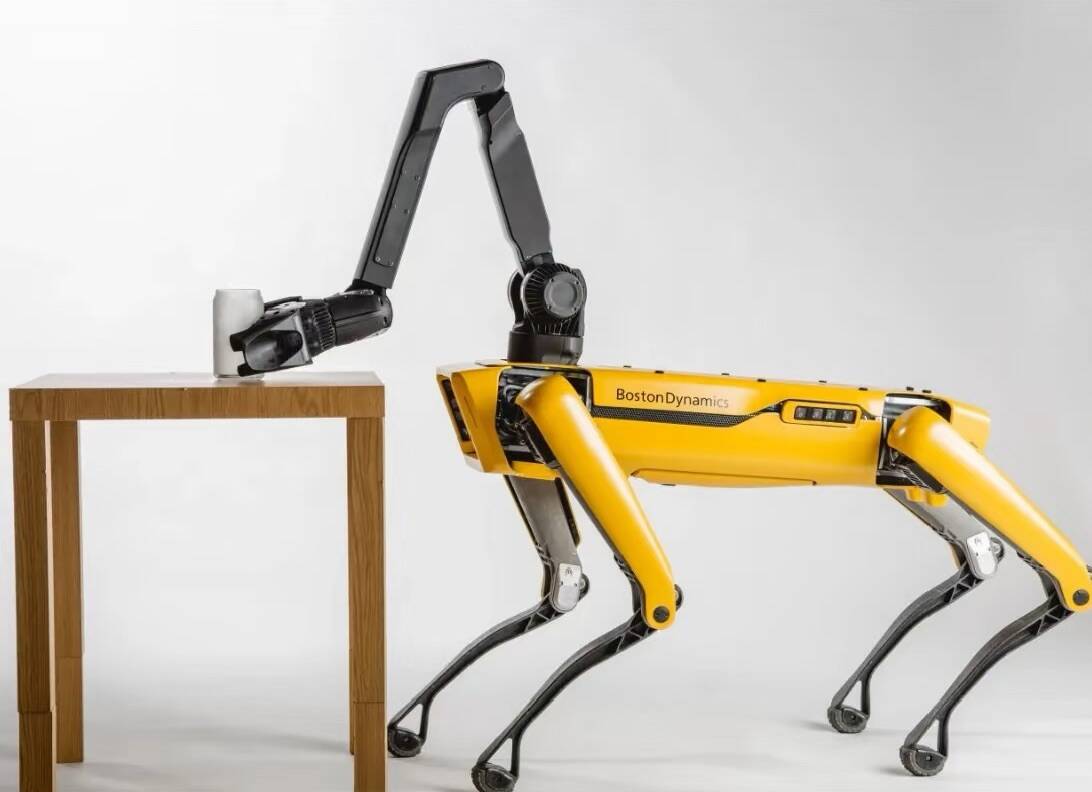
Boston Dynamics’ Challenges
• Strengths: Boston Dynamics leads in dynamic control, with Atlas demonstrating unparalleled balance and agility.
• Weaknesses:
Limited commercialization: High-performance robotics cater to niche industries, with limited mass-market demand.
Unclear application focus: Products highlight technological prowess but lack tailored solutions for specific markets like homes or factories.
In contrast, Tesla Bot targets factory and household scenarios with cost-effective designs, while Ameca and Sophia excel in human interaction for education and exhibition.
2.Cost and Market Acceptance Comparison
| Company | Cost management | Market Acceptance |
| Boston Dynamics | High R&D costs, premium pricing | Products like Spot (priced over $70,000) are accessible only to specialized industries or institutions. |
| Tesla Bot | Focus on cost optimization | Aiming for under $50,000, targeting general consumers and small to mid-sized businesses. |
| Ameca | Balanced performance and design | Affordable for educational and exhibition clients, with broader commercial acceptance. |
| Sophia | Limited functionality, lower cost | Positioned as a mid-to-high-end product for educational institutions and tech showcases. |
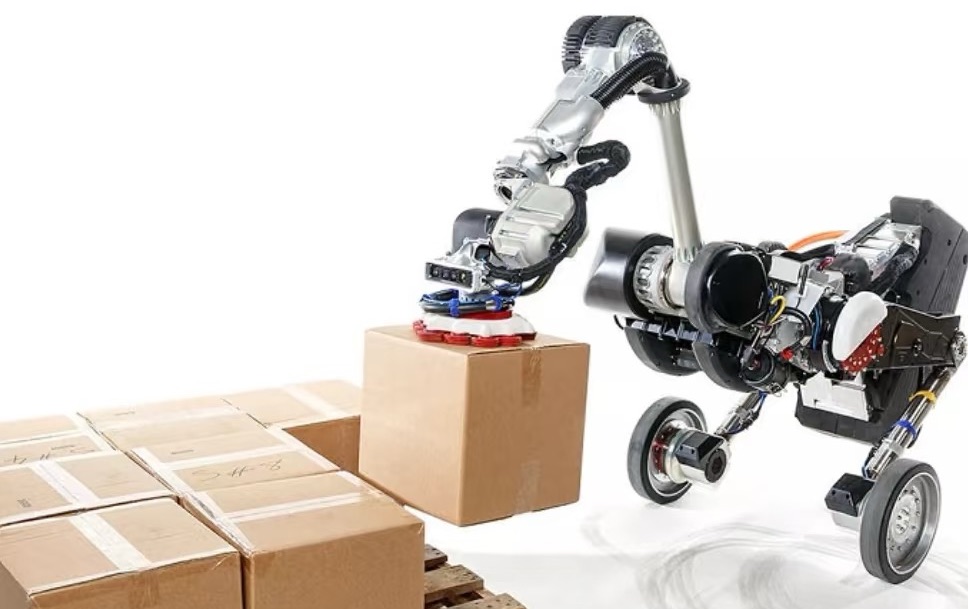
Boston Dynamics' Challenges
• High technical costs: Advanced robotics for complex environments lead to expensive products that are hard to scale.
• Narrow audience: Unlike competitors targeting consumer or commercial markets, Boston Dynamics appeals to niche sectors.
Tesla Bot stands out by reducing complexity and focusing on affordability, while Ameca and Sophia achieve market success by balancing cost, functionality, and client needs.
3.Product positioning and Goals Comparison
| Company | Product positioning | Development Goals |
| Boston Dynamics | High-end robotics for dynamic tasks | Dominate complex environments, aiming for industrial and military applications. |
| Tesla Bot | Practical robots for everyday tasks | Perform repetitive tasks like carrying and cleaning, becoming a staple for homes and factories. |
| Ameca | Interactive robots for exhibitions | Enhance human-robot interaction in education, exhibitions, and public engagement. |
| Sophia | Emotional and social interactions | Focus on education, emotional companionship, and intelligent customer service. |

Boston Dynamics’ Challenges
• Over-complex products: Atlas and Spot’s multi-functional capabilities lack focus, increasing development and sales challenges.
• Unclear commercial goals: Unlike Tesla Bot’s clear path to profitability, Boston Dynamics often showcases technology without solving specific market problems.
Tesla Bot, Ameca, and Sophia each focus on specific needs: practicality (Tesla Bot), interaction (Ameca), or emotional engagement (Sophia), making them more market-accessible.
4.Strategy and Culture Comparison
| Company | Strategic Direction | Corporate Culture |
| Boston Dynamics | High-end robotics for dynamic tasks | Dominate complex environments, aiming for industrial and military applications. |
| Tesla Bot | Practical robots for everyday tasks | Perform repetitive tasks like carrying and cleaning, becoming a staple for homes and factories. |
| Ameca | Interactive robots for exhibitions | Enhance human-robot interaction in education, exhibitions, and public engagement. |
| Sophia | Emotional and social interactions | Focus on education, emotional companionship, and intelligent customer service. |
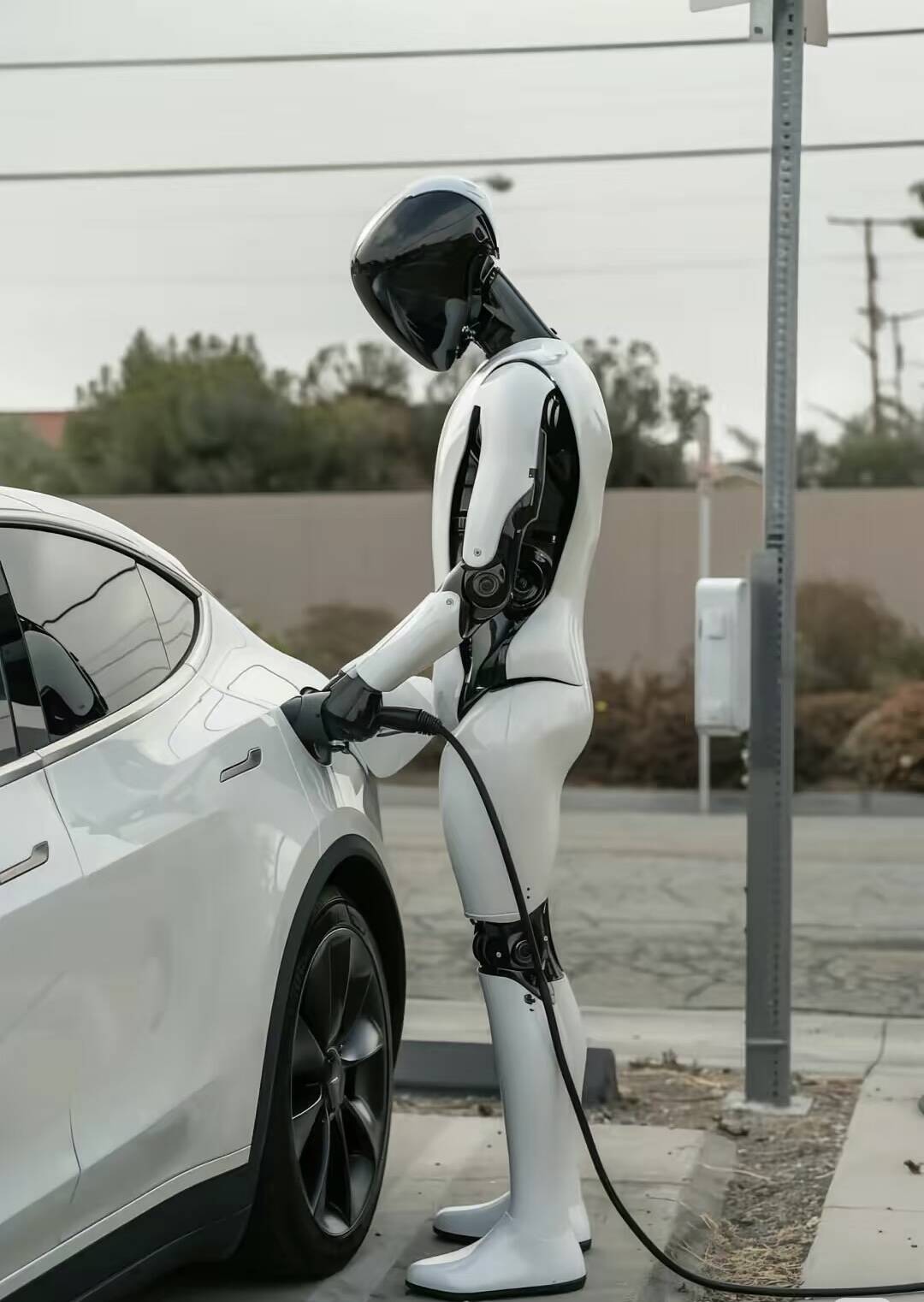
Boston Dynamics’ Challenges
• Strategic inconsistency: Frequent ownership changes (Google, SoftBank, Hyundai) have led to shifting priorities and unclear long-term goals.
• Cultural limitations: A strong engineering focus has slowed commercial adoption compared to companies with market-driven cultures.
Conclusion
Boston Dynamics’ bumpy road stems from a disconnect between technological leadership and commercial viability:
1.Outstanding technology but unclear market positioning: Boston Dynamics excels in dynamic control for complex tasks but struggles to define a primary market.
2.High costs hinder commercialization: Premium pricing limits broader adoption, unlike competitors focusing on affordability and targeted functions.
3.Competitors’ market sensitivity: Tesla Bot emphasizes practicality and scalability, while Ameca and Sophia target interaction and emotional connection, ensuring better market traction.
Boston Dynamics’ future lies in simplifying product functionality, clarifying market focus, and leveraging resources from Hyundai to establish a clear commercialization strategy. Without addressing these challenges, it risks remaining a technological marvel without achieving sustainable profitability.
This is MINIBALLSCREW, manufacturer of ball screws for robot parts. What do you think about Boston Dynamics? Maybe we can talk about it.
NEWS & EVENTS

